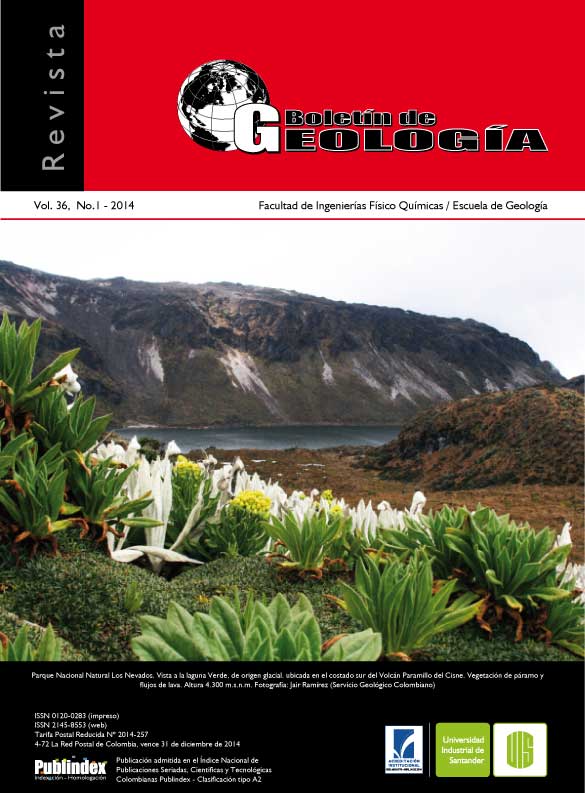APPLICATION OF THE MATRIX SOLID-PHASE DISPERSION METHOD TO HYDROCARBON ISOLATION FROM BITUMINOUS ROCKS
Published 2014-05-22
Keywords
- Bituminous rock,
- Soxhlet,
- sonication,
- matrix solid phase dispersion (MSPD),
- geochemistry
How to Cite
Abstract
Three different techniques for hydrocarbon and biomarker isolation from bituminous rocks were compared in this work. Matrix solid phase dispersion (MSPD), Soxhlet and sonication-assisted solid-liquid extraction, were used to extract hydrocarbons from 4 different rock samples. The MSPD technique enabled the extraction of 25 and 32% more organic matter than Soxhlet and solvent extraction techniques respectively. The SARA analysis showed that the extracts obtained with these techniques had the same relative composition of these hydrocarbon families (saturated, aromatic, resins and asphalthenes). A dichloromethane:methanol (90:10 v/v) mixture was used as solvent in MSPD, which required between 4 and 7 hours, while the other techniques employed up to 24 hours. In MSPD, using the same glassware, the amount of rock can be increased by a factor of 4, without significantly affecting the extraction yield.
